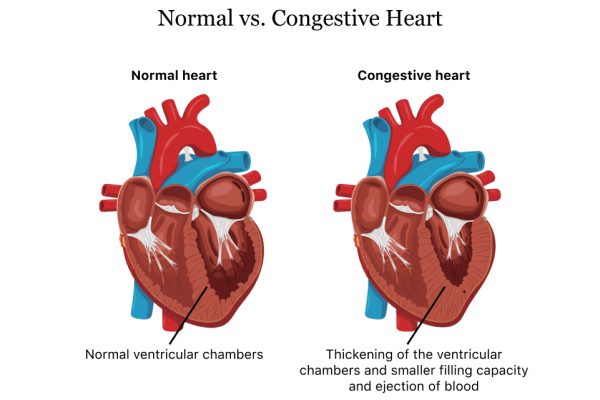Understanding degenerative and musculoskeletal conditions can be daunting for many people. However, there are ways to alleviate your pain and improve your quality of life.
Table of Contents
uCTX-II
The biomarker uCTX-II is one of the most promising potential biomarkers for understanding degenerative and musculoskeletal conditions. It is associated with cartilage degradation and may be a sensitive severity measure.
Many factors affect the accuracy of a biomarker test. Some of them include the assay type, sample generation timing, and the patient. For example, men have a higher urinary uCTX-II level than women. However, this could be due to other factors in the patient.
Biomarkers are essential for understanding osteoarthritis because they can predict clinical symptoms and assess clinical endpoints and outcomes. They can also help identify the best rehabilitation regimen for each patient.
As more and more research is done, more interest is being shown in blood and synovial fluid biomarkers. In addition, some of these biomarkers provide more specificity.
One of the most studied OA biomarkers is the urinary c-terminal crosslinking telopeptide of type II collagen (uCTX-II). A catabolic byproduct of type II collagen is uCTX-II. uCTX-II levels in patients with OA are associated with the severity of the disease, as demonstrated by radiographic results.
Acute versus chronic pain
A variety of distinct causes can cause the unpleasant sensation of pain. Acute and chronic pain can both affect our quality of life. Depending on which form of pain you’re experiencing, the treatments may be very different.
Acute pain is usually associated with an injury, while chronic pain is often the result of long-term disease. Talking to your doctor is the most incredible method to get relief. They can recommend The Hartman Center and offer information on safe and efficient treatment methods.
Acute pain can be very effective at alerting the body to the fact that something is wrong. It might be a musculoskeletal injury or infection. Your productivity and quality of life may be impacted by chronic pain.
There are many ways to manage musculoskeletal pain. Opioids, for example, are common drugs used to treat acute pain. But if the pain persists for longer than a few weeks, opioids might not be enough. Your doctor might recommend more sophisticated solutions, such as nerve injections or radiofrequency treatments.
Inflammatory mediators
Inflammatory mediators play an important role in degenerative and musculoskeletal conditions. They act as innate immune stimuli and trigger activation of the immune system. They cause skeletal tissue degradation.
Some inflammatory mediators, such as IL-6, can induce osteophyte formation during the chronic stage of OA. Chronic inflammation is critical to the potentiation of joint disorders.
A variety of degenerative and musculoskeletal conditions can lead to pain, impairments in mobility, and functional deficits. Musculoskeletal disorders are prevalent throughout the lifespan and are associated with social and economic burdens.
Although the majority of musculoskeletal disorders are short-term, some are chronic. Long-term diseases, such as gout and rheumatoid arthritis, affect millions worldwide.
Musculoskeletal conditions are associated with chronic pain and decreased range of motion. Biomarkers are available for assessing inflammation and predicting clinical symptoms. These biomarkers may also be used to evaluate the outcomes of drugs or treatment regimens. The development of biomarker panels could improve diagnosis, treatment, and patient management.
Personalized medicine
In personalized medicine, a patient’s genome predicts his response to treatment. This enables the physician to avoid unnecessary therapies or adverse reactions. Through alleviating pain and enhancing function, personalized medicine can also be utilized to improve quality of life.
Many degenerative and musculoskeletal conditions are associated with functional deficits. Patients can also experience depression and sleep disturbances. Rehabilitation helps patients cope with these disorders. However, the effect of rehabilitation is variable.
Currently, non-operative management of these disorders involves medication and rehabilitation. But this approach is costly and invasive.
Recent advances in biomarker research have led to the development of novel therapies that may effectively reduce pain and improve functional capacity. Biomarkers can provide an early non-invasive method of assessing inflammation and tissue damage. They can also be used to tailor treatment regimens.
Several biomarkers can be measured from blood and urine. These might be coupled with other diagnostic characteristics to give a complete picture of the musculoskeletal status.





